Cave Tourism in Egypt: Exploring Cave Wonders and Unique Places to Stay
Cave Tourism Caves in Egypt
Cairo 360
via Egypt Desert Camping
Egypt is world-renowned for its ancient pyramids, temples, and vibrant culture. However, there’s another side of Egypt that offers an adventurous journey into its mysterious and rugged landscapes—cave tourism. Exploring caves in Egypt allows travellers to see a less-explored side of this historic country, where desert sands meet underground marvels. Let’s dive into the best caves to explore in Egypt and find out where to stay for an unforgettable adventure.
Cave of Swimmers
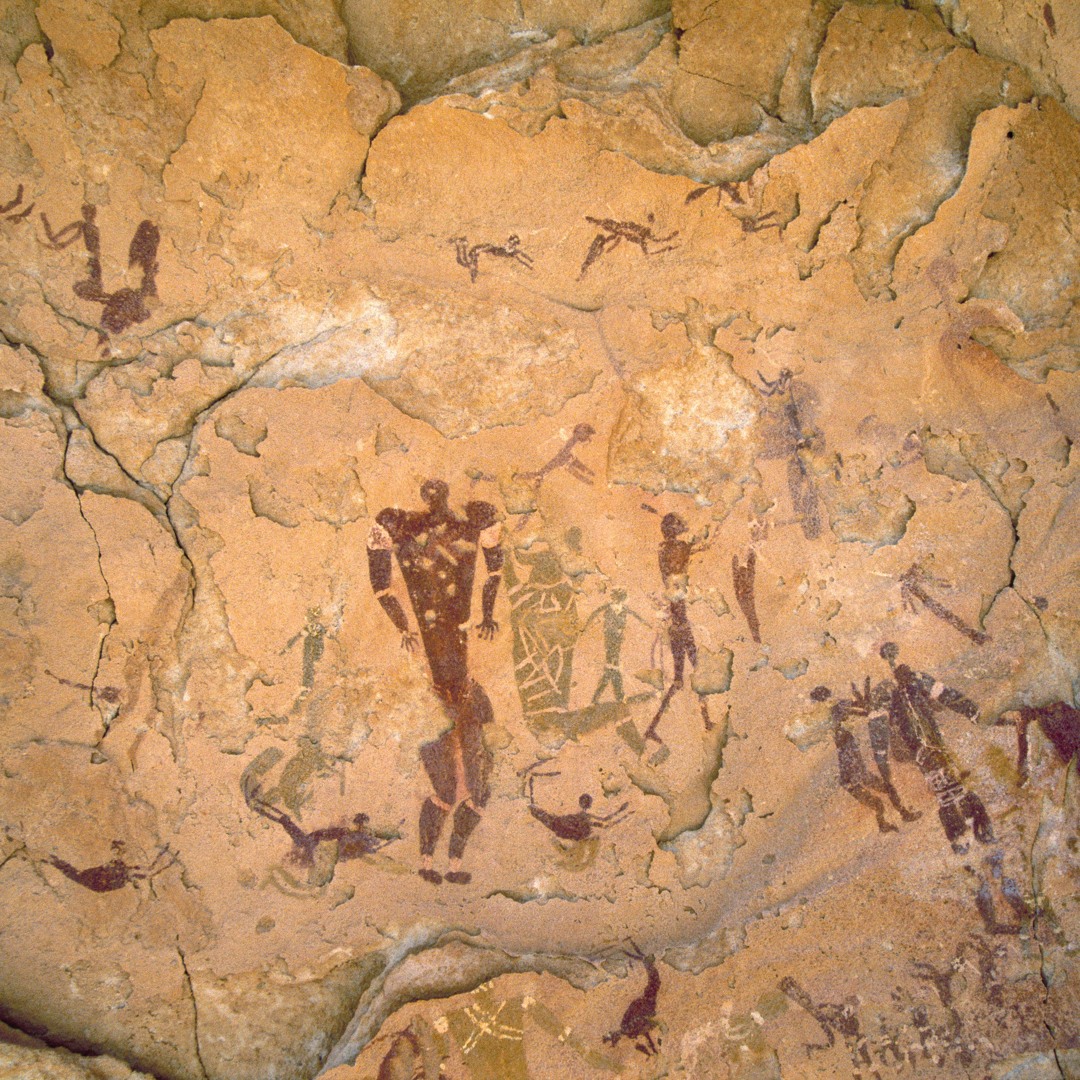
Located in the Gilf Kebir plateau, near Egypt’s southwestern border, the Cave of Swimmers was discovered in 1933. This prehistoric cave contains ancient rock paintings thought to date back 10,000 years that depict swimmers, wildlife, and daily life scenes. The unique images are a fascinating insight into what may have been a much wetter Sahara thousands of years ago.
Since Gilf Kebir is remote, most visitors arrange desert camping trips. Bedouin-style camps provide the closest experience to the ancient desert dwellers. Also, for a slightly more comfortable stay, book a night at an eco-lodge in Dakhla Oasis before setting off to Gilf Kebir. Here, you can enjoy traditional Egyptian hospitality with locally sourced food and serene surroundings.
Djara Cave
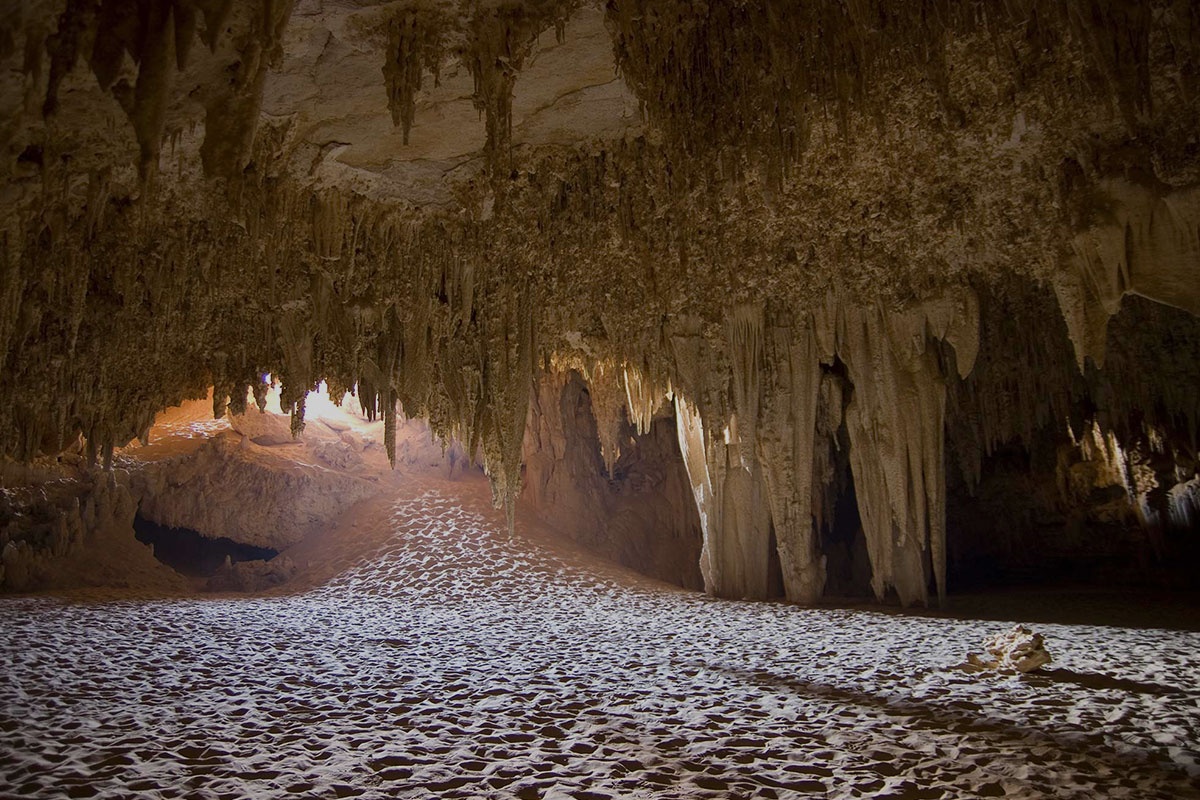
via Marsa Allam Tours
Djara Cave is a stunning limestone formation nestled in Egypt’s Western Desert, between Farafra Oasis and Bahariya Oasis. Known for its stalactites and stalagmites, Djara Cave is a paradise for both nature enthusiasts and amateur cavers.
Al-Bab Lodge offers comfortable, authentic accommodations just a short drive from Bahariya. With cosy rooms and traditional Egyptian meals, it’s the perfect place to rest after exploring Djara. Also, you can combine your visit to Djara with a night under the stars in the nearby White Desert. Tour operators can arrange a camping experience that includes a traditional Bedouin-style tent, meals by the fire, and surreal desert landscapes.
Wadi Sannur Cave
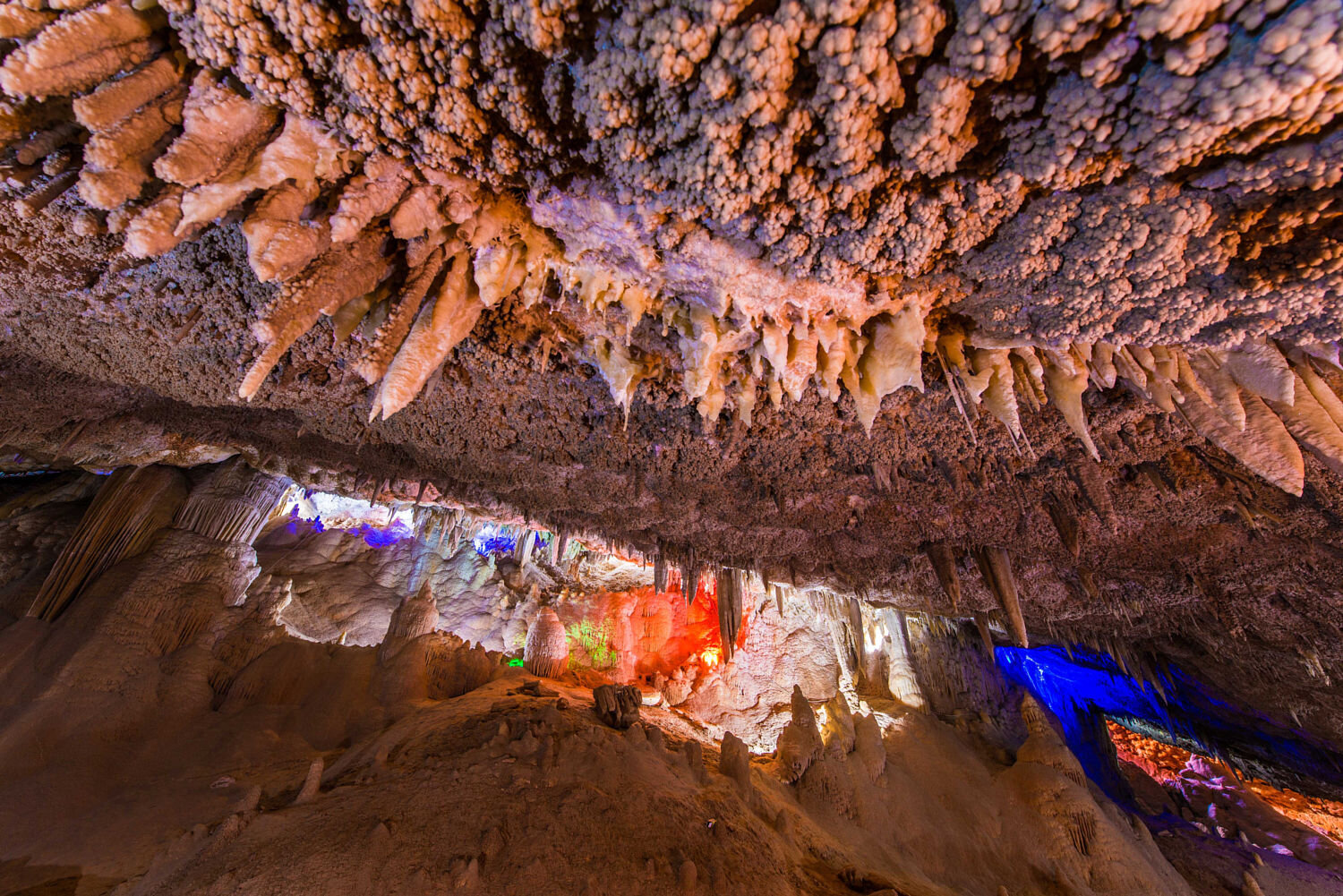
via Square Space
Located near Beni Suef, Wadi Sannur Cave is famous for its impressive calcite formations, often compared to chandeliers. The cave is a protected site and remains one of Egypt’s geological wonders. Formed over 60 million years ago, this cave features awe-inspiring stalagmites and stalactites sculpted over millennia. The cave’s unique formations make it an ideal destination for photographers and nature lovers.
Fayoum is an hour away from Beni Suef and about 90 minutes away from Cairo, and it has more comfortable accommodation options if you are not directly heading back to Cairo. For instance, the luxurious hotel Helnan Auberge Fayoum, on the shores of Lake Qarun, is an exceptional spot to spend the day. With its lush gardens and spacious rooms, it provides an oasis of comfort after a day of exploring the cave. For a more intimate experience, stay at a guesthouse in Fayoum Oasis, where you can enjoy local hospitality and a quiet, scenic atmosphere surrounded by the beauty of Fayoum.
Cave of Beasts
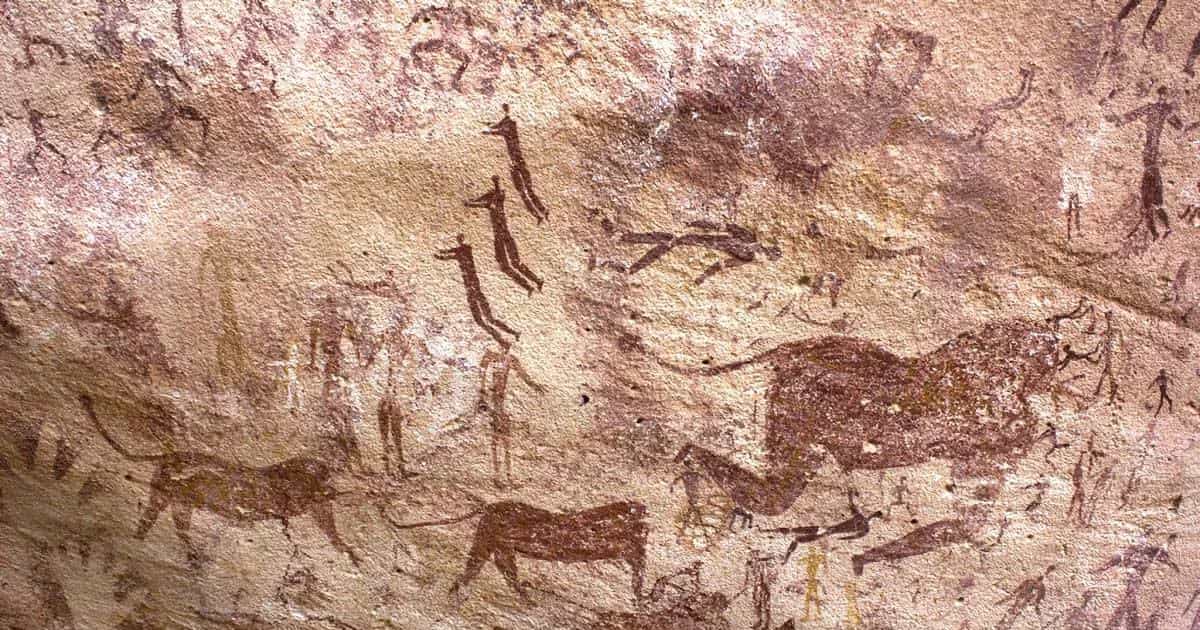
Located near the Cave of Swimmers, the Cave of Beasts is another extraordinary site within Gilf Kebir. It contains hundreds of mysterious rock carvings and paintings. The images, which show beasts and fantastical creatures, remain a source of wonder and curiosity, offering a glimpse into early Saharan culture and mythology.
This region is too remote for traditional hotels, but a guided camping trip is ideal for those seeking an authentic experience. Most tours include all essentials, from tents to meals, so you can enjoy the solitude and mystique of the vast desert.
Tips for Cave Tourism in Egypt
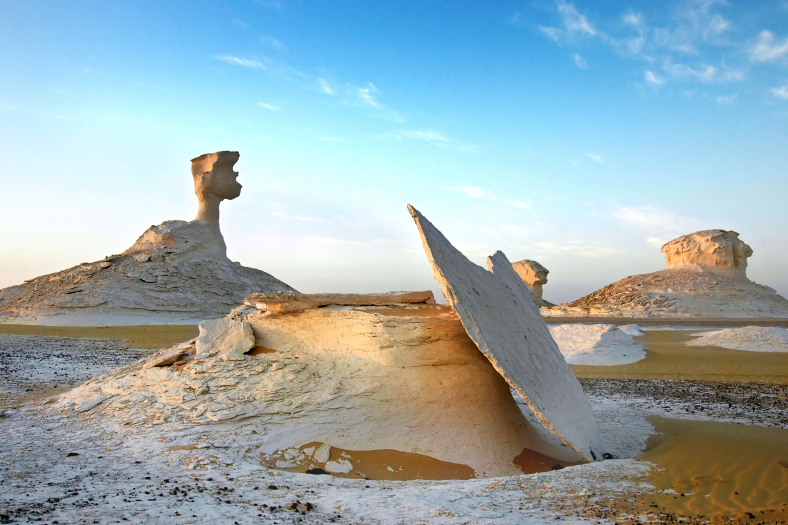
via White Desert Home
Hire a Guide: Most caves in Egypt are located in remote and protected areas, so hiring a local guide or joining an organised tour is highly recommended.
Prepare for desert conditions: The caves are in deserts with extreme temperatures, so pack accordingly. Bring plenty of water, sunscreen, and suitable clothing for both hot days and cool nights.
Respect Local Regulations: Some caves, like Wadi Sannur, are protected sites, and specific rules exist to preserve them. Respect all guidelines, avoid touching formations, and follow your guide’s instructions.
recommended
 Restaurants
Restaurants
Where to Eat the Best Egyptian Meals: Top Restaurants for Egyptian Cuisine
Bebo Egyptian food +4 Arts & Culture
Arts & Culture



